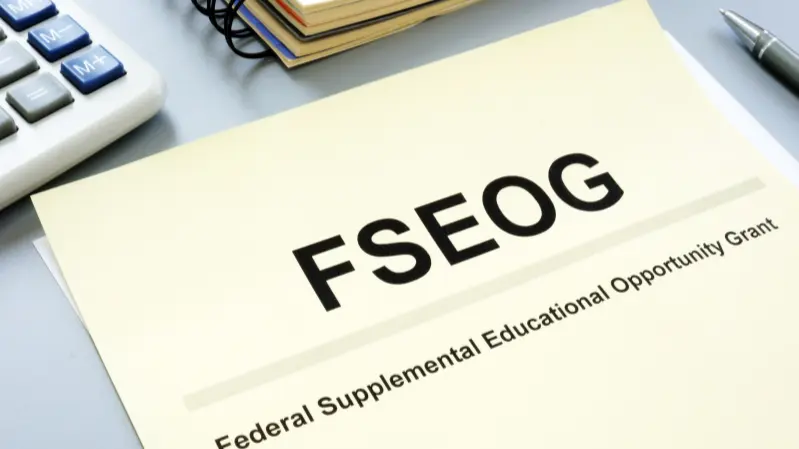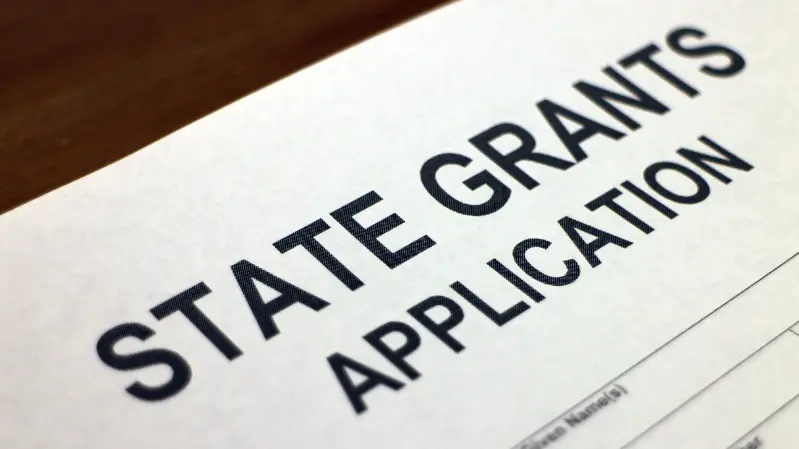Can you get a $38 000 grant to go back to school? Yes! By combining several grants, eligible students can qualify for thousands of dollars of grant funding each year.
In some cases, the grants available will cover the entire cost of a degree or certificate program.
How to Get A $38,000 Grant To Go Back to School 2025 Updated

Getting grants for going back to school starts with filling out the Free Application for Federal Student Aid (FAFSA).
The FAFSA needs your financial information so your grant award can be calculated. Lower-income students are eligible for higher grants, but the FAFSA considers more than just your income.
Grant awards are based on your income (parent’s income if you’re a dependent student) your family size, tax filing status, federal poverty guidelines, and the cost of the school you’re attending.
If you’re eligible for a grant, the money will automatically be sent to your school, then your school handles the rest.
There isn’t a single $38,000 back to school grant you can get, though!
Your full grant package will be made up of grants from federal and state programs that provide grants to make college more affordable to lower-income students.
While state grant programs vary, federal grants are the same no matter where you’re going to school in the U.S.
See Also: Best College Grants For Adults Over 40
Federal Pell Grant
The Federal Pell Grant is a grant for students studying for their first bachelor’s, graduate, or professional degree. Students at vocational schools studying for trade certifications can also qualify.
For the 2024-2025 school year, the maximum Pell Grant you can receive is $7,395 per year. If you qualify for the maximum award each year that means you’ll get $29,580 over the course of a full-time 4-year degree program at the current rate.
Students can receive Pell Grants for a maximum of 12 terms (approx 6 years). This is a lifetime limit. The years you attend school don’t have to be consecutive.
To maintain your Pell Grant, you must complete the FAFSA each year and supply updated financial information.
You Can Apply Here.
Federal Supplemental Educational Opportunity Grant (FSEOG)

The FSEOG is a grant for students with exceptional financial need. The determination of your financial need will be made based on the information on your FAFSA.
If you qualify for this grant you could receive up to $4,000 per year. Over a 4-year degree program that’s an additional $16,000.
Unlike the Pell Grant which is paid to every student that qualifies, the FSEOG has limited funding. This means you may not receive money even though you qualify.
FSEOG funds are paid directly to colleges who then distribute the grants to students.
Submit your FAFSA early to stand the best chance of receiving this grant.
Federal Work-Study Program Grant
Students that get a part-time job through the Federal Work-Study Program, have the opportunity to get valuable experience while earning an income to help cover living expenses.
Crucially, unlike other income, the money you earn through the program won’t affect your eligibility for federal grants or reduce your award amount.
The only way to be considered for the program is to check the Federal Work-Study Program box on your FAFSA.
Your school will determine your eligibility, and your financial aid package will specify how much grant money has been awarded to your school to pay your wages.
You’ll be paid at least the federal minimum wage for the hours you work.
Some schools match students with jobs, but most expect students to find their own jobs with nonprofit or public service organizations.
Common work-study jobs include:
- Tutoring elementary school children
- Library assistant
- Campus tour guide
- Research assistant
- University bookstore clerk
- Custodial work
- Foodservice
State Grants For Going Back to School

Like federal grants, state grants can provide a big boost to your college fund. Students with financial need attending state colleges, community colleges, private universities, and vocational schools can qualify for state grants.
State grants for going back to school vary a great deal with some states having more generous programs than others.
In California for example, students eligible for a CalGrant receive grant funding of up to $12,630 per year in addition to any federal grants they qualify for.
While In Michigan, the Michigan Tuition Grant gives students up to $3,000 per year.
Check your state’s higher education website to see what grants they offer and how much you could get.
In most states awards for college grants are made based on the FAFSA, although some require additional applications.
The amount you qualify for will depend on your financial need.
TEACH Grant (Teacher Education Assistance for College and Higher Education Grant)
This federal grant of up to $4,000 per year is for future teachers studying for a bachelor’s or master’s degree.
The qualification criteria are very specific. In addition to studying high-need subjects, grant recipients must also agree to teach for at least 4 years in a low-income school after graduation.
High-need subjects include:
- Bilingual education and English language acquisition
- Foreign language
- Mathematics
- Reading specialist
- Science
- Special education
- Other fields identified as high-need by the federal or state government
For each year you receive the TEACH grant you’ll need to complete an Agreement to Serve (ATS), which states the conditions of your grant and your teaching commitment.
If you don’t keep to the agreement your grant converts to an interest-bearing loan that must be repaid.
Apply for a TEACH Grant by completing the FAFSA.
Private and Institutional Grants
Besides government funding, you can also look for back to school grants from:
Colleges and Universities: Schools often have their own grants based on financial need or merit.
Private Organizations: Fastweb.com, Scholarships.com, and College Board’s BigFuture Scholarship search list thousands of grants and scholarships.
Employer Tuition Assistance: Many companies offer tuition reimbursement or educational grants.
Since tuition reimbursement is a tax-deductible expense for employers you’ll find most employer grants have a ceiling of $5,250 per year (the current deduction limit).
But some companies like BP, Bank of America, Boeing, Ford, and Microsoft offer higher amounts.
Grants Can Fully Cover Many Community College Programs
Even if you don’t qualify for $38,000 in grant funding you might still have enough to cover the entire cost of attending a community college.
Tuition at community colleges is usually lower, and a mix of back to school grants and school aid can often cover tuition, fees, and some living expenses.
If you’re considering a trade certification or an associate degree, this could be an affordable path to a new career with little to no debt.
FAFSA Requirements
To apply for back to school grants, you’ll need to fill out the FAFSA and provide financial details including:
- Tax returns (yours and, if applicable, your parents)
- W-2 forms and income records
- Bank statements (checking and savings accounts)
- Investment details (stocks, bonds, real estate, but not your primary home)
- Other financial assets (trust funds, business income, etc.)
Grants To Go Back To School For Unemployed Students
The Work Innovation and Opportunity Act (WIOA) helps unemployed students pay for a college degree or vocational certification program (trade school).
Through the WIOA, grants to go back to school for unemployed students can cover up to 85% of tuition and fees ($10,000 maximum per year).
Part-Time Students: Receive up to 50% of the total cost of tuition and fees when enrolled in an eligible program.
Full-Time Students: Receive up to 80% of the total cost of tuition and fees when enrolled in an eligible program.
Students with Dependents: Receive up to 85% of the total cost of tuition and fees when enrolled in an eligible program.
Eligible programs that qualify for grants to go back to school for unemployed students:
- Vocational and technical training
- Certification and licensure programs
- Associate’s and Bachelor’s degree programs
- On-the-job training programs
To find out if you’re eligible for grants for going back to school through the WIOA, speak to an advisor at your nearest American Job Center (AJC).
Yes $38,000 To Go Back To School Is Possible
Getting up to $38,000 in grants to go back to school is possible when you combine federal, state, and private aid.
Even if you don’t get the full amount, grants can make a huge dent in your education costs.
Your school’s financial aid office will be able to help you maximize your awards, so it’s worth checking with them to make sure you’ve applied for all the back to school grants you can qualify for.